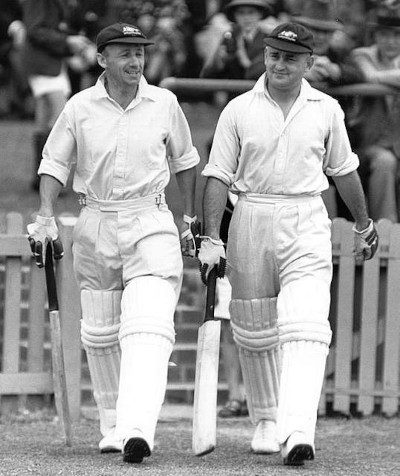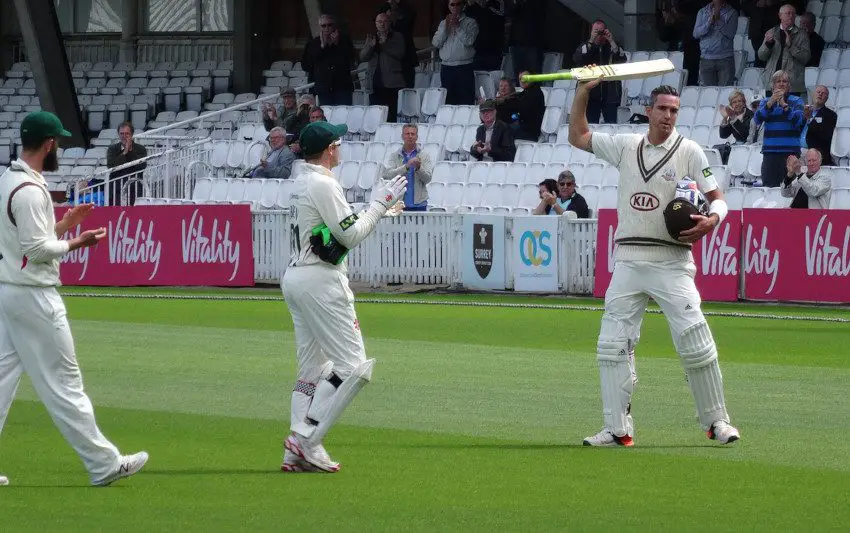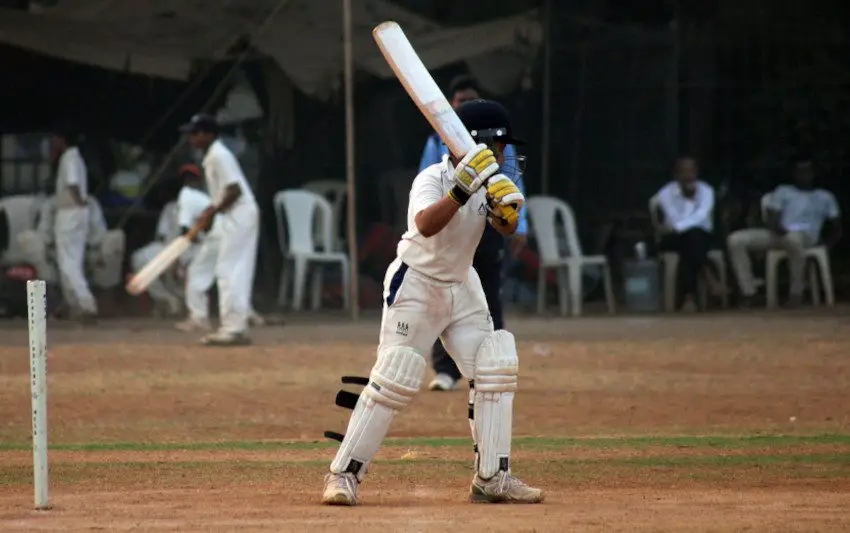Table of Contents
In the modern era, test matches can last up to a maximum of five days but this wasn’t always the case and, on occasions, timeless tests went on for a very long time.
The Longest Test Match in Cricket History
The longest game in the history of cricket took place in Durban in March 1939. South Africa were the hosts and England were the visitors as the fixture adopted a timeless test format.
There were nine full days of play, but the game eventually finished in a draw as the tourists had to catch their boat back to England.
History of The Longest Cricket Match – the “Timeless Test”
The longest test came at the end of England’s tour of South Africa in 1938/39. In keeping with a lot of games before the Second World War, this was scheduled to be a timeless test.
The teams went into the fifth and final test with England enjoying a slender 1-0 lead, so the series was alive and there was plenty to play for.
South African skipper Alan Melville won the toss and he elected to bat first. It looked a good decision as his side reached 530 on first innings with Pieter van der Bijl top scoring with 125.
England responded with 316 all out and, by this stage, the match had already entered a fifth day. By today’s standards, the game would be heading towards a dull draw.
But this was a timeless test and the teams ploughed on. South Africa were next to bat and their total of 481 saw the match go into a sixth day. When they were dismissed, England began that unlikely run chase after being set 696 to win the game.
There was no play possible on day eight while the following day was designated as a rest day. On days nine and ten, England set about their remarkable run chase.
Bill Edrich led the charge with 219 while Paul Gibb and the skipper Wally Hammond both passed three figures. The tourists would have been favourites to complete that chase but, with those key batsmen dismissed, South Africa would have been hopeful of the win.
Sadly, the departure of that boat left England stranded on 654/5 and we will never know how this game would have finished.
Following On
West Indies v England – 3 Apr 1930
When timeless tests were in play, there were a number of matches which extended beyond today’s conventional duration of five days. At the end of England’s tour of the West Indies in 1930, another game had to be declared a draw due to the fact that the tourists’ boat was leaving.
The match in question took place at Sabina Park in Jamaica and it saw seven days of play. There was no play possible on days eight and nine and the match was drawn as a result.
In the interim, England had started with a massive first innings total of 849. This was a world record at the time, as was Andrew Sandham’s individual knock of 325. West Indies made 286 in reply while England compiled 272/9 in their second innings.
That left the home side with an unlikely fourth innings target of 838 to win. They had reached 408/5 when it was time for the boat to leave.
Australia v England – 8 Mar 1929
1939 saw another protracted test match as Australia hosted England at the Melbourne Cricket Ground in 1929. This was designated as another timeless test and it was one that saw eight days of play.
This is the first of our long test matches to achieve a result as Australia went on to win the game by five wickets. England batted first and reached 519 on first innings with both Jack Hobbs and Maurice Leyland scoring centuries.
Australia almost achieved parity in reply with Don Bradman and Bill Woodfull passing three figures as they compiled 491. England didn’t fare so well second time around as they were dismissed for 257. Australia were set a target of 286 which they chased down with five wickets to spare.
It took eight days of play for that game to reach its conclusion.

Australia v England – 23 Feb 1912
A number of test matches have taken up seven days but this was the earliest of them. The game between Australia and England was played at the SCG and poor weather on two of those seven days helped to extend the match.
This is an interesting game as it was quite a low scorer when compared to the others on this list. England made 324 and 214 in their two innings while Australia, after compiling 176 in their first knock, were dismissed for 292 second time around to lose the match by 70 runs.
Conclusion
While it might not have been the most exciting of test matches, I think it’s a shame that the longest game in cricket history came to an end when it did. If there had been just one more day’s play, England may well have broken a record with an incredible run chase.
The game was drawn with the tourists needing just 42 runs to win with five second innings wickets intact. South Africa would have been hopeful but, if England had chased down 696 to win, that would have been a record that is unlikely to have ever been matched.
In the modern day where the schedules are packed, there really is no room for timeless tests and that probably is a good thing. Five days is enough but it is interesting to look back at a different time and consider some of these remarkable matches.


